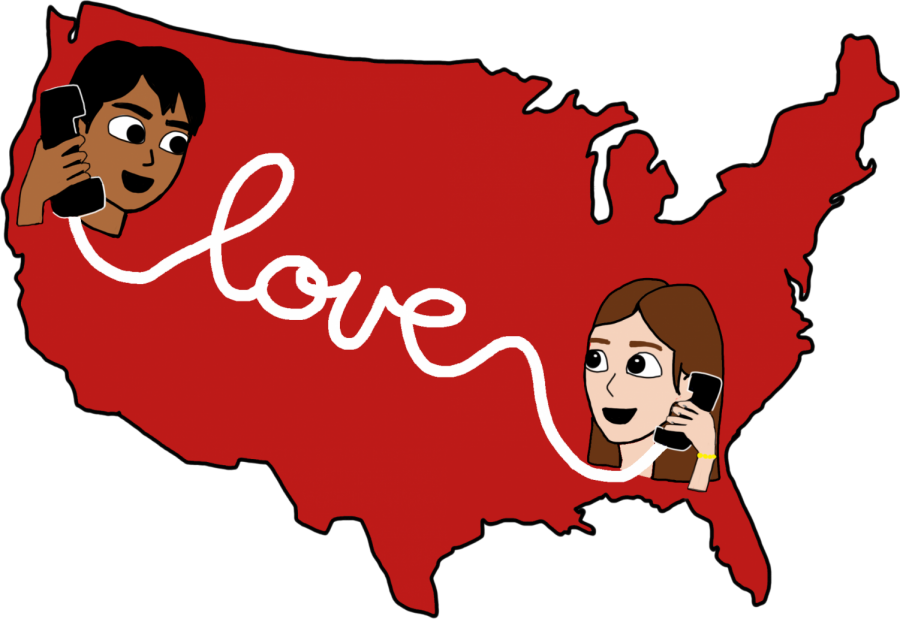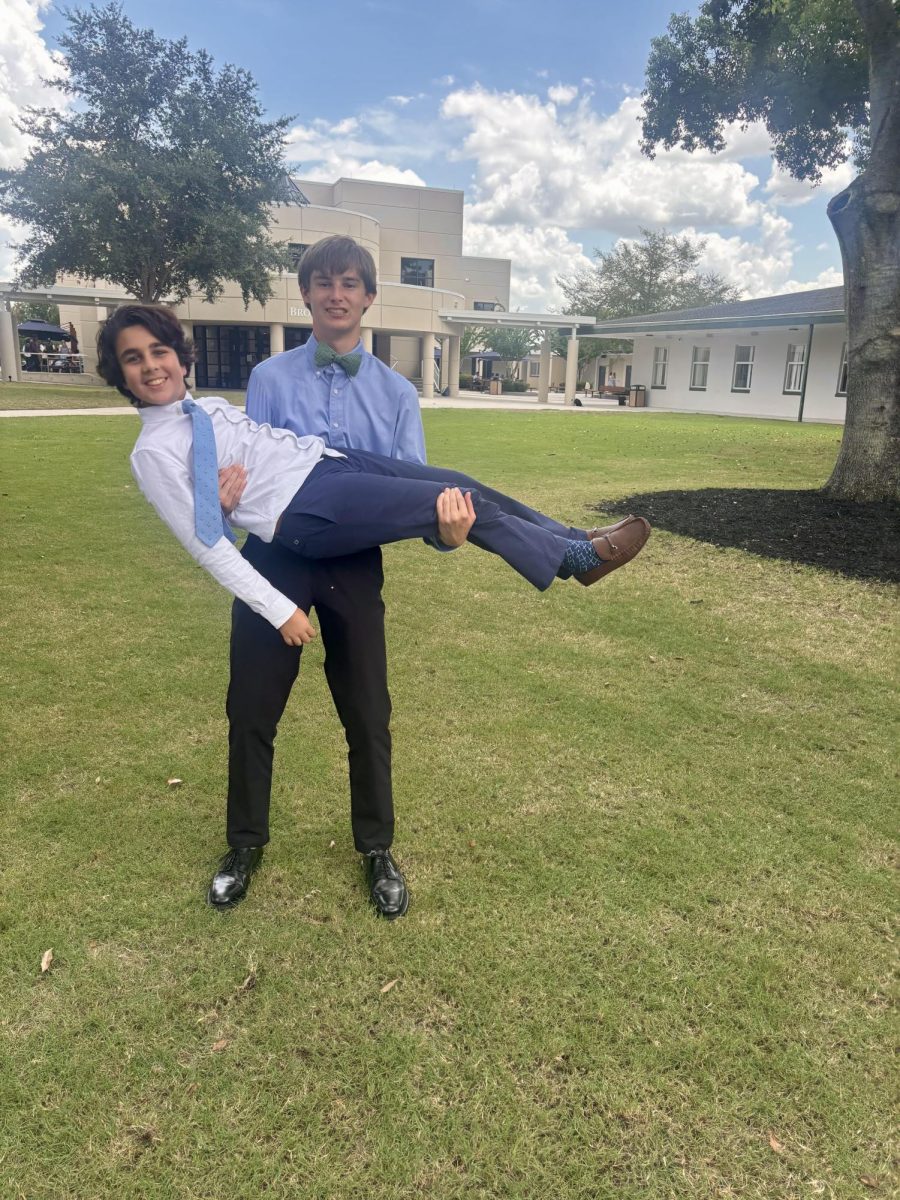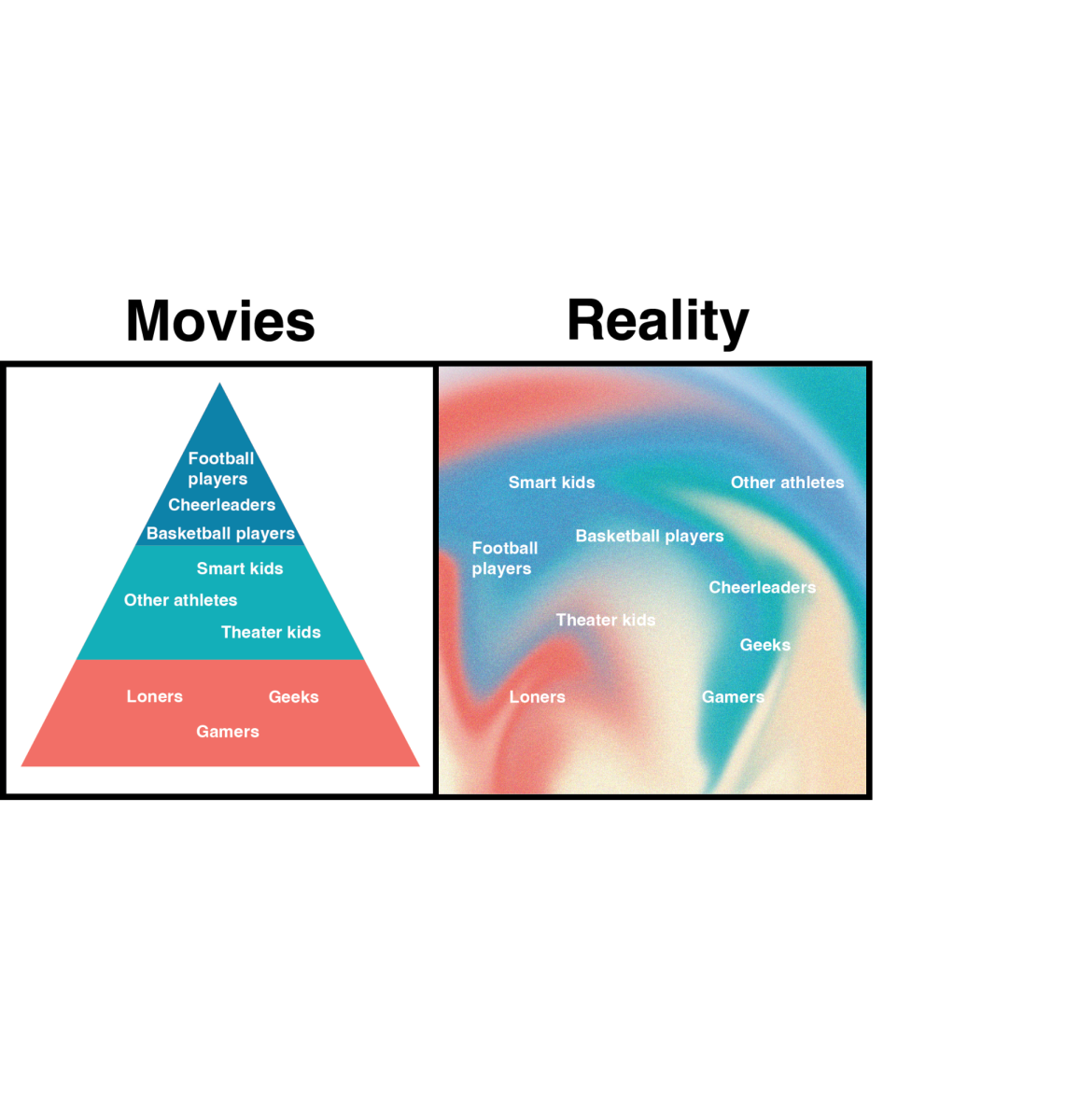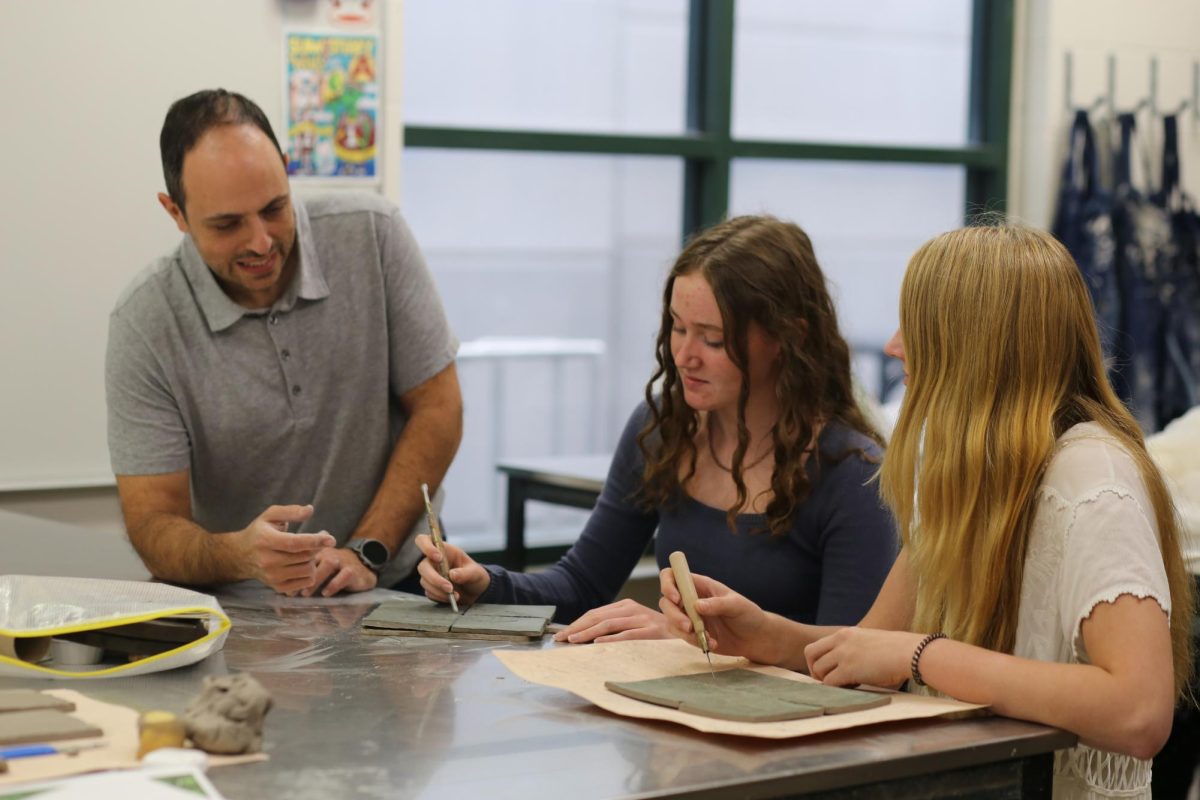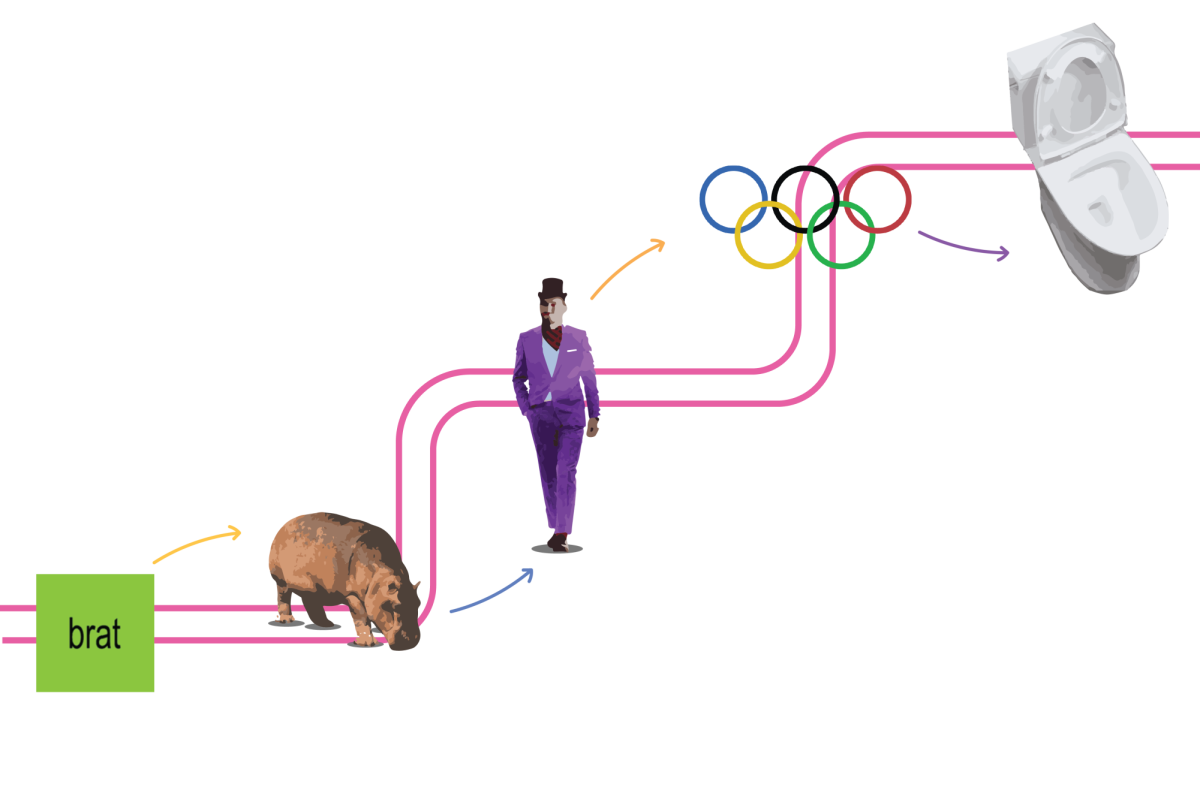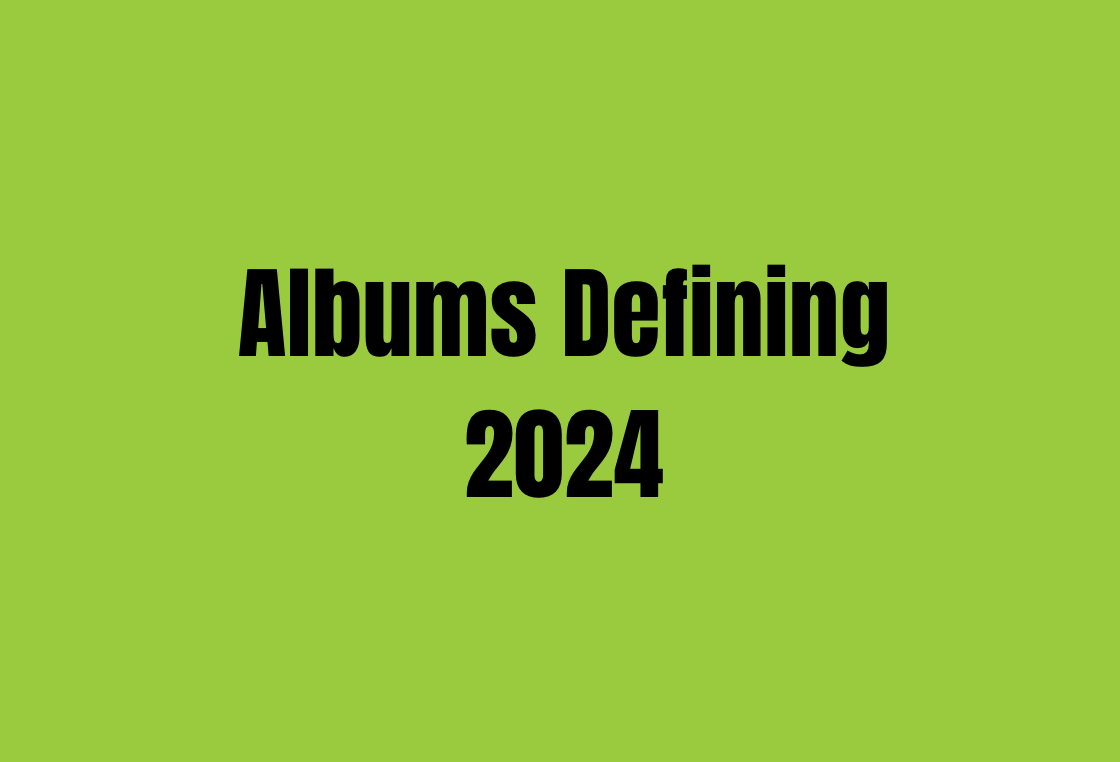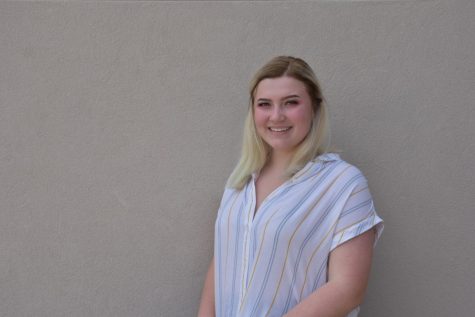As soon as senior Valentyna Willard gets home from school, she rushes straight to her room and takes out her computer. After opening Skype, Willard calls her boyfriend, who lives in Zaporizhia, Ukraine.
“Florida and Ukraine are seven hours apart,” Willard said. “Usually, I’ll call when I get home, so it’ll be around 3:30 or 4 p.m. here, but it’ll be 11 p.m. there.”
Though she may be the only Trinity student currently engaged in a relationship spanning across an entire ocean, Willard is not the only one in a long-distance relationship. Freshman Lilly Nguyen met Jackson, her former boyfriend from Kansas City, Missouri, at Duke University’s TIP program.
“I started dating [Jackson] in the summer of 2018, and we dated for four months,” Nguyen said.
Whether the distance is 5,850 miles or 1,246, long-distance relationships take extra effort to successfully manage. The separation forces the couple to face more challenges than most.
Even though Willard’s boyfriend lives so far away, their relationship started the same as any other: a meeting face-to-face.
“We were classmates and spent all day together,” Willard said. “He was holding my hands during the break time, and then we started texting. Then he asked me to go on a date with him, and we started dating.”
Before Nguyen began dating her boyfriend, she was initially hesitant due to what a long-distance relationship could entail.
“I feel like, no matter what, there’s always a sense of distrust [in a long-distance relationship],” Nguyen said.
However, Nguyen eventually surmounted her fears and started dating Jackson after deciding it was a worthwhile commitment.
Similar to Nguyen, sophomore Hanson Zhang met his former girlfriend from Brentwood, Tennessee while at Duke TIP in June last year and was also worried about starting a long-distance relationship. Nevertheless, while jjjZhanghwas concerned about his rigorous schedule, he ultimately committed to the relationship.
“I forgot how busy I was and she admitted to liking me, so I was like, ‘Let’s give it a shot,’” Zhang said.
In a long-distance relationship, one of the greatest challenges is keeping up with communication. Some, like Nguyen and Zhang, use traditional methods like FaceTime and messages. While Willard also utilizes these common forms of communication, she also uses lesser known apps like Viber, which allows for free international calls and accommodates for the substantial time difference.
“When I know he has a free day, I might wake up at 6 a.m. to talk with him for an hour, or I’ll stay up till midnight and he calls me when it’s 7 a.m. [there],” Willard said.
Without communication, it is easy for the relationship to lose momentum.
“Not being able to see someone is the worst possible thing to do in a long-distance relationship because unless you FaceTime daily, which no student can, you don’t have enough contact with them, so they begin to lose interest in you, [and] you might lose interest in them,” Zhang said. “Eventually that’s going to make [the relationship] fall apart, which in my case, is what happened.”
While Nguyen also encountered this problem, she was able to see her boyfriend and meet his family in person.
“All that time of not seeing each other and then finally seeing each other in person: that moment is cherished a lot more,” Nguyen said.
From Willard’s experience, the communication issue even extends to face-to-face meetings, although she is able to work around it by spending more time with her boyfriend in the summer and during the school year.
“You can’t be as close to the person, so it’s harder to find what to talk about,” Willard said. “But you still make an effort, you still wait for the person and when we meet, we enjoy the meetings so much. Usually, when people date, they don’t spend three months together from morning to evening every day.”
Stemming from communication is trust, another keystone of any relationship. Because starting a long-distance relationship can sometimes entail dating a stranger, it can be more difficult to build mutual trust.
“The way I thought of it was, ‘If I don’t trust them, I shouldn’t even be in it, because the point of a relationship is to trust,’” Zhang said.
Long-distance relationships also have their own unique benefits that wouldn’t be possible in a relationship with someone local.
“I could talk to someone at the end of the day when we had time,” Zhang said. “It was also an extra thing to do in the day because sometimes I have nothing to do.”
While she was dating her boyfriend, Nguyen learned more about different cultures, even though her boyfriend was also from the U.S.
“The Orlando community [and] the Kansas City community are very, very different in ways that I wouldn’t have known if I wasn’t able to be with Jackson and talk with his friends and family and see their viewpoint on things,” Nguyen said.
Today, Willard is still dating the same boy she met at school about three years ago. While her relationship is long-distanceh now, she doesn’t plan for it to remain that way forever.
“If [you] just met the person on the Internet, forget about it,” Willard said. “If you’re in a relationship and moving away to different colleges, it’s only for four years. Try your best, and meet as much as possible.”
While most long-distance relationships might seem impossible at first, they simply require more effort and work to make them successful. This is especially true when it comes to scheduling time to talk with a boyfriend or girlfriend.
“As soon as possible, figure out when you want to call, when you want to talk and make sure you communicate with them often, because once you stop communicating, the relationship is dead,” Zhang said.
Some aspects of relationships remain the same, whether they’re long-distance or not.
“Even if [they’re] local, you can’t see them constantly, so you have to trust [them],” Zhang said. “You also think about them, and you just want to make them happy.”



